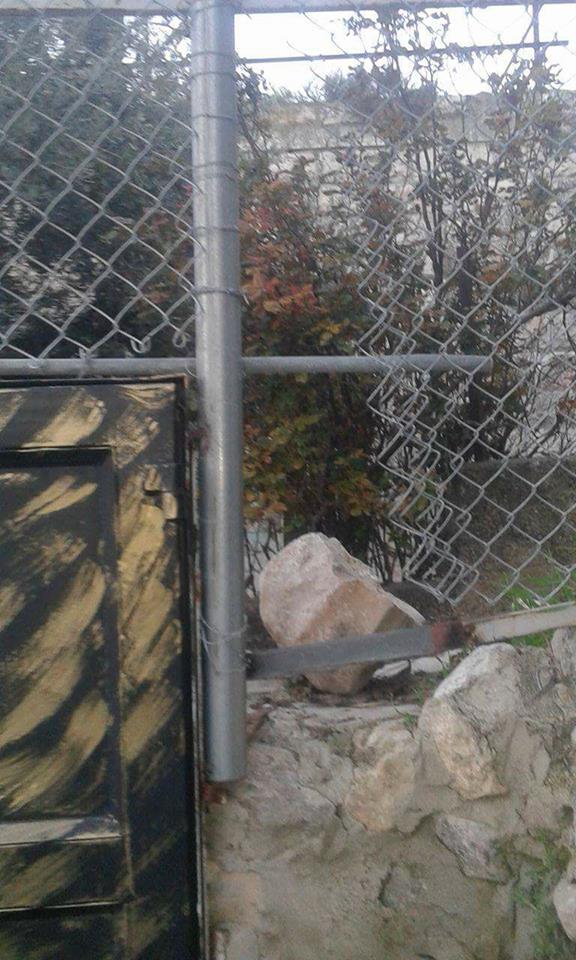Category: Features
-
Step by step Israeli forces limit access to Ibrahimi mosque area
7th March 2017 | International Solidarity Movement, al-Khalil team | Hebron, occupied Palestine Israeli forces on Monday night installed more concrete blocks near Queitun checkpoint in occupied al-Khalil (Hebron) further restricting Palestinian freedom of movement. Israeli forces put a new line of cement blocks several meters away from Shuhada checkpoint, entirely blocking the access to…
-
Illegal settlers break into kindergarten, damage property
7th March 2017 | International Solidarity Movement, al-Khalil team | Hebron, occupied Palestine Colonial settlers from the illegal settlements in occupied al-Khalil (Hebron) have repeatedly invaded and damaged a Palestinian kindergarten located on Shuhada Street over the last two days. On Saturday night, the colonial settlers entered the Shuhada Street kindergarten, stealing two Palestinian flags…
-
Demonstration in Nabi Saleh attacked by settlers and Army
3rd March 2017 | International Solidarity Movement, Ramallah team | Nabi Saleh, occupied Palestine Today on the 3rd March 2017 the popular resistance in Nabi Saleh village held a demonstration against the nearby illegal settlement which has stolen large amounts of the village lands, the road closures affecting their village and the occupation of Palestine. The demonstration…



